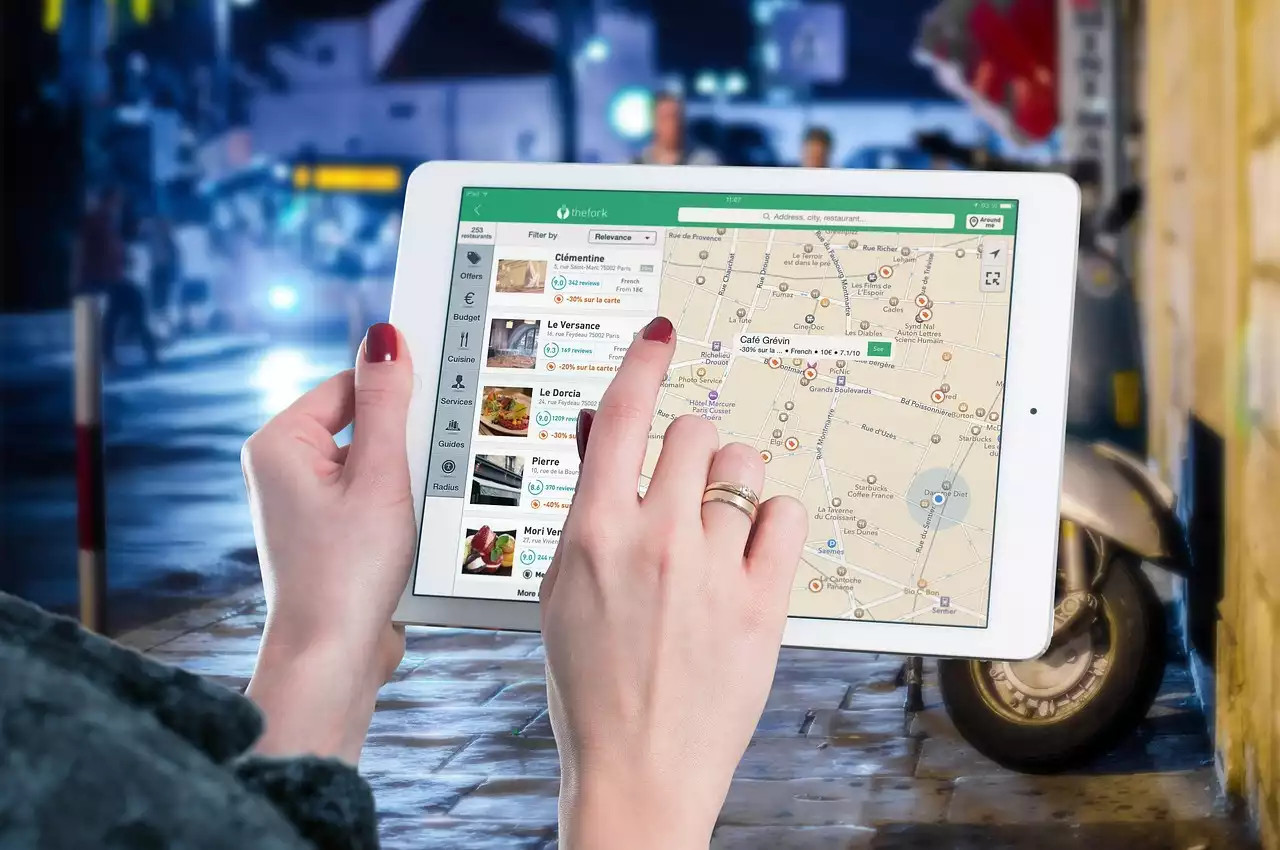Benefits of A/B Testing for Social Media
A/B testing is a powerful tool that can help you optimize your social media campaigns and achieve your business goals. Here are some of the key benefits of using A/B testing for social media:
1. Better Engagement
One of the key benefits of A/B testing is that it can help you improve engagement on your social media posts. By testing different variables such as images, headlines, and captions, you can identify the elements that resonate most with your audience and create more engaging content. This, in turn, can help you attract more followers, increase likes, comments, and shares, and ultimately drive more conversions.
2. Increased Conversions
Another major benefit of A/B testing on social media is that it can help you increase conversions. By testing different call-to-actions, landing pages, and offers, you can identify the most effective combination for driving conversions. This can help you increase sales, sign-ups, and other key business metrics.
3. Better ROI
By optimizing your social media campaigns through A/B testing, you can improve your return on investment (ROI). By identifying the most effective elements of your campaigns, you can allocate your budget more effectively, reduce wasteful spending, and ultimately generate more revenue.
How to Set Up an A/B Test for Social Media
Now that you understand the benefits of A/B testing for social media, let's dive into how to set up a test. Here are the steps you need to follow:
1. Identify the Goal of Your Test
The first step in setting up an A/B test for social media is to identify the goal of your test. What are you trying to accomplish? Are you trying to increase engagement, drive more conversions, or achieve some other goal? Once you have identified your goal, you can determine which variables to test.
2. Choose the Variables to Test
The next step is to choose the variables to test. This could include things like headlines, images, captions, call-to-actions, landing pages, and more. You should choose the variables that are most likely to impact your goal. For example, if your goal is to increase engagement, you might test different images or captions to see which ones generate the most likes, comments, and shares.
3. Create Your Test Groups
Once you have identified the variables to test, you need to create your test groups. You should have at least two groups, with each group receiving a different version of your content. For example, you might create two different versions of a social media post, with one version featuring a different image or caption.
4. Run Your Test
Now it's time to run your test. You should run your test for a set period of time, such as a week or two. During this time, you should track your results and monitor the performance of each test group.
5. Analyze Your Results
After your test has run its course, it's time to analyze your results. You should compare the performance of each test group and determine which version performed better. You should also consider any other factors that may have impacted your results, such as time of day, day of the week, or seasonality.
Examples of A/B Tests for Social Media
Now that you know how to set up an A/B test for social media, let's look at some examples. Here are a few ideas for variables you can test:
1. Headlines
Headlines are one of the most important elements of your social media posts. By testing different headlines, you can identify the ones that generate the most clicks and engagement. For example, you might test a question vs. a statement, or a short headline vs. a longer one.
2. Images
Images are another important element of your social media posts. By testing different images, you can identify the ones that resonate most with your audience. For example, you might test a product shot vs. a lifestyle shot, or a bright image vs. a dark one.
3. Captions
Captions are an often-overlooked element of social media posts. By testing different captions, you can identify the ones that generate the most engagement and convey your message most effectively. For example, you might test a short caption vs. a longer one, or a question vs. a statement.
Analyzing Your A/B Test Results
Once your A/B test is complete, it's time to analyze your results. Here are some key metrics to track:
1. Engagement
Engagement is a key metric to track when analyzing your A/B test results. This includes likes, comments, shares, and any other interactions with your content. By comparing the engagement rates of each test group, you can determine which version performed better.
2. Conversions
If your goal was to drive conversions, then you should track conversion rates for each test group. This could include sign-ups, sales, or any other key business metrics. By comparing the conversion rates of each test group, you can determine which version was most effective.
3. Reach
Reach is another important metric to track when analyzing your A/B test results. This includes the number of people who saw your content. By comparing the reach of each test group, you can determine which version was more effective at reaching your target audience.
Best Practices for A/B Testing on Social Media
Here are some best practices to follow when conducting A/B tests on social media:
1. Test One Variable at a Time
To get the most accurate results, you should only test one variable at a time. This will help you isolate the impact of each variable and determine which one is most effective.
2. Use a Large Sample Size
To get statistically significant results, you should use a large sample size. This will help you ensure that your results are not due to chance and are representative of your target audience.
3. Set a Clear Goal
Before conducting an A/B test, you should set a clear goal. This will help you determine which variables to test and ensure that you are testing for the right outcome.
4. Monitor Your Test Carefully
During your A/B test, you should monitor your results carefully. This will help you identify any issues or anomalies that may impact your results.
A/B Testing Tools for Social Media
There are many A/B testing tools available to help you optimize your social media campaigns. Here are a few to consider:
1. Google Optimize
Google Optimize is a free A/B testing tool that allows you to test different variations of your website or landing pages. It also integrates with Google Analytics, making it easy to track your results.
2. Optimizely
Optimizely is a popular A/B testing tool that allows you to test different variations of your website or mobile app. It offers a range of features, including personalization and targeting.
3. VWO
VWO is an A/B testing tool that allows you to test different variations of your website or landing pages. It offers a range of features, including heatmaps, clickmaps, and visitor recordings.
Advanced A/B Testing Strategies for Social Media
Here are some advanced A/B testing strategies to consider for social media:
1. Multivariate Testing
Multivariate testing allows you to test multiple variables at once. This can help you identify the most effective combination of variables for achieving your goal.
2. Sequential Testing
Sequential testing allows you to test multiple variables in a specific order. This can help you identify the most effective sequence of variables for achieving your goal.
3. Test for Different Segments
Testing for different segments allows you to identify the most effective variables for different target audiences. This can help you optimize your campaigns for specific segments and improve your overall performance.









